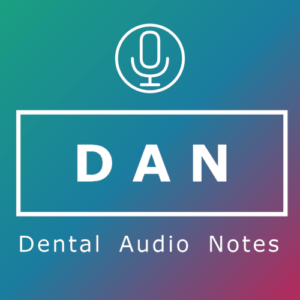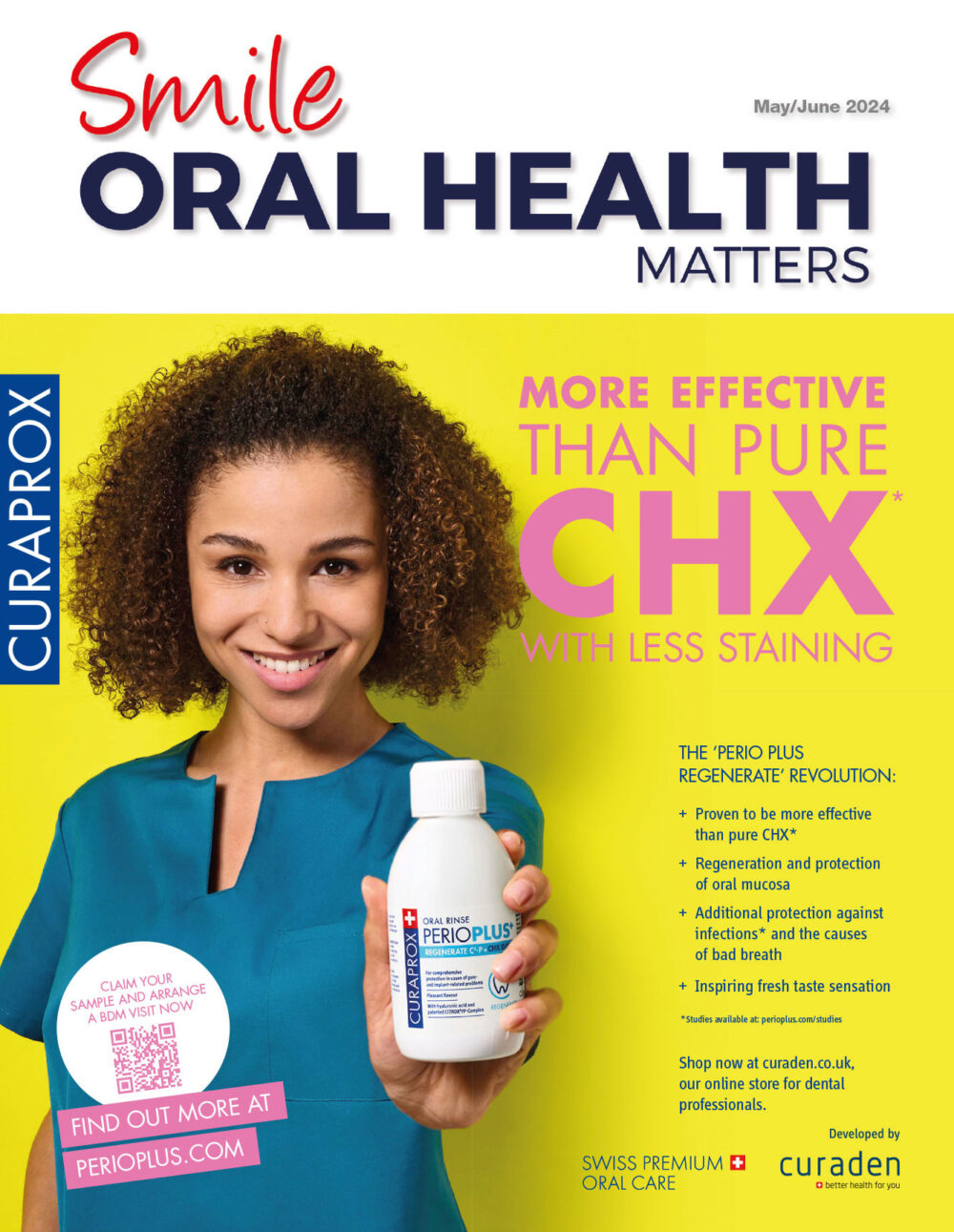Artificial Intelligence (AI) is increasingly being used across various industries, including dentistry. In order to implement it safely and without unintentional consequences, it is necessary for dentists to understand the technology they have in practice, developing an awareness of the potential risks and how to mitigate against them.
Narrow and Generative Artificial Intelligence
Machine Learning (ML) and AI have long been used for data analysis, diagnosis, prediction and recommendation across industries, including healthcare. This well-established branch of AI starts with a clear scope or target application, develops models with well-defined datasets, and results in models which excel at the specific tasks for which they are designed. This is “Narrow AI” – niche, expert systems with clear and measurable deliverables to assess performance and steer continuous model development and improvement.
Since the public release of ChatGPT, “Generative AI” using Large Language Models (LLMs) have been rapidly and enthusiastically deployed across nearly every area of our lives. An LLM can be conceptualised as a compressed digital representation of meaning and context between words, predicting which word would best follow a current dialogue. LLMs are non-deterministic – results will differ when provided the same input and it is not possible to deduce how an LLM gets to the results it generates. Benchmarks and defined datasets are used to measure the capabilities of LLMs and rank competing models as they race to evolve. Their generic nature, wide applicability and variability of output makes it challenging to evaluate and quantify the performance of generative LLMs for specific applications.
AI in dentistry
In dentistry, AI-assisted technologies are already demonstrating early potential to support clinicians, streamline professional workflows and improve patient care and communication.
Narrow AI is being used to analyse radiographs supporting diagnosis and treatment presentation. Web chatbots provide automated and personalised initial contact, signposting and qualifying new patient inquiries. LLMs can be used to generate letters and written reports. Different AI models, technologies and implementations are required for the wide range of tasks, applications and automations within the operation of the dental practice.
In the clinical setting, it is crucial to make sure that AI technologies are created, deployed and adopted safely without compromising clinical standards or introducing risk and unintended consequences.
AI risk awareness
Risk, a measure of impact and likelihood of an undesirable outcome, exists in every technology, process, system and action. Sources of risk introduced by AI particularly relevant to dentistry include accuracy, reliability, repeatability, accountability, privacy and medico-legal considerations. The acceptable tolerance of risk factors will vary based on the specific use case.
For example, a chatbot designed to automatically qualify, categorise and signpost patient enquiries using an LLM – finetuned with information you provide – should process little personally sensitive data and present a low clinical impact if incorrect or inaccurate information is presented. In contrast, if asked to advise patients on treatment decisions or medical factors, it must prove that it will reliably present correct and accurate information, or always advise the patient to speak to a dentist.
AI technologies used to support clinicians with assessment or treatment planning need to demonstrate high and quantifiable levels of accuracy, reliability and repeatability to ensure clinical safety of the patient. This requires a highly focussed, narrow AI specialising in the discipline and task. The experience of the clinician will affect the ability to interpret and confidence to challenge presented information – an AI system may not have the capability to consider the nuances of a particularly complex or unique case.
One of the hopes for Generative AI is the potential to free dentists from the administrative burdens of clinical record keeping, reports and letters. LLMs impressively create, summarise and reword text, mimicking comprehension and expertise. LLMs are not clinical or precise. They are prone to hallucination, confidently and coherently introducing incorrect or inaccurate information, introducing risk for patients and clinicians. The dentist is fully responsible and accountable, and a thorough and immediate critical review for accuracy and correctness is essential. The written record must be a true and accurate representation of what really happens in an appointment, not a report of what should have happened in an ideal world. If used in a medico-legal claim, you as a clinician will need to prove beyond all doubt that the record is indeed fully valid and reliable to provide any protection.
Making the vision real
Delivering the visions presented by AI evangelists is possible, and we must do so in a sensible and level-headed way, taking a conscientious approach to risk management in order to ensure the safety and interests of patients. AI systems will need to be backed up by solid, reliable data to prove accuracy and integrity.
For dentists looking for an effortless, highly accurate, complete and contemporaneous way to ensure this data exists, Dental Audio Notes (DAN) offers a solution. It provides robust evidence of the communication between patient and practitioner during the appointment via clinical audio recording and transcription for both the patients’ and dentists’ protection. Even more, DAN manages the consent, security, accessibility, privacy and storage of the data for the full lifetime of the record, so dentists can be confident that when they need it, they have the most reliable data and one less thing to worry about.

For more information about Dental Audio Notes (DAN), or to arrange a free demo, please visit dentalaudionotes.com
Bio Aleksandra Rozwadowska

Ala is a dentist and the co-founder of Dental Audio Notes alongside her husband, Adam. Dental Audio Notes was created in response to the challenges of trying to master every aspect of clinical dentistry. Together, they love helping dentists to master their clinical records, and to finally get credit for the good work they do with their patients, instead of relying just on what they had time to write down.













